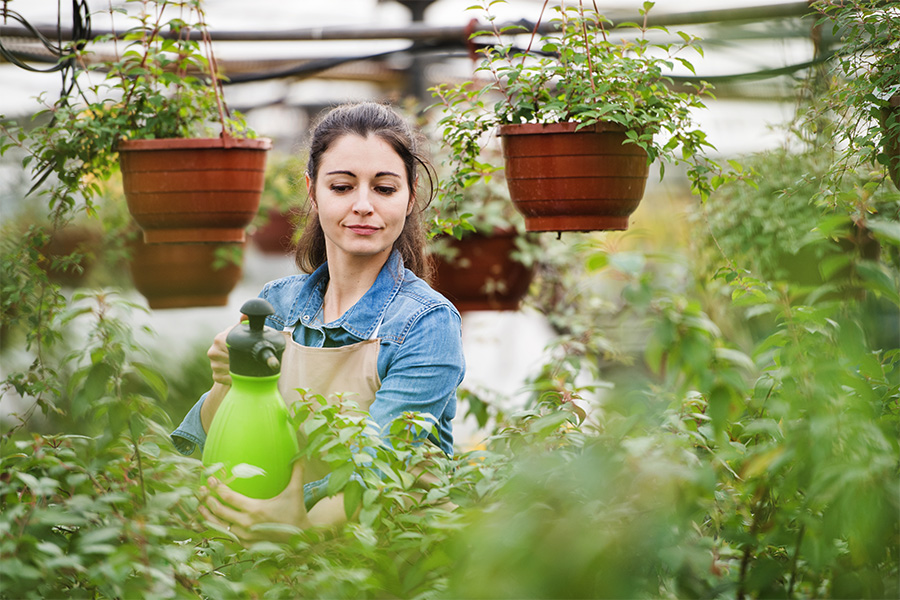Plant Pests and Diseases
-

This publication is designed to help county agents, Extension specialists and growers formulate and implement
nematode management recommendations after sending a soil sample and receiving a nematode assay report.Ganpati Jagdale and Clifford L. Brewer
|
-

White grubs are the larvae of scarab beetles. All are C-shaped, white to dirty white in color, with a brownish head and legs.
William G. Hudson
|
-

Every year, wildlife causes millions of dollars of damage in Georgia. Losses may be economic (like damage to crops) or aesthetic (for example, damage to landscapes or golf courses) and can range from physical damage to vehicles or equipment to public health issues like water pollution and disease transfer to humans, pets or livestock. However, not everyone needs to undertake a wildlife damage control program. This publication provides recommendations for repelling damage-causing wildlife.
Michael T. Mengak
|
-

Integrated pest management (IPM) is a sustainable approach to managing pests by combining biological, cultural, physical and chemical tools in a way that minimizes economic, health and environmental risks. One hundred and seventy-eight horticultural producers were surveyed in 2009-10 to determine the IPM practices used by growers in the southeastern U.S. Growers were asked a series of questions about monitoring or scouting for pests, prevention practices or interventions used to control pests.
Jean Williams-Woodward
|